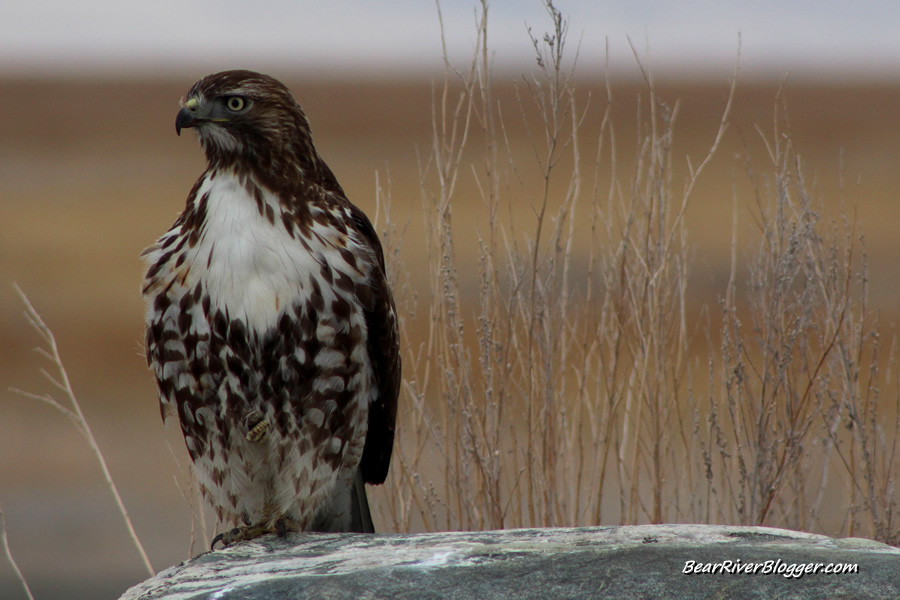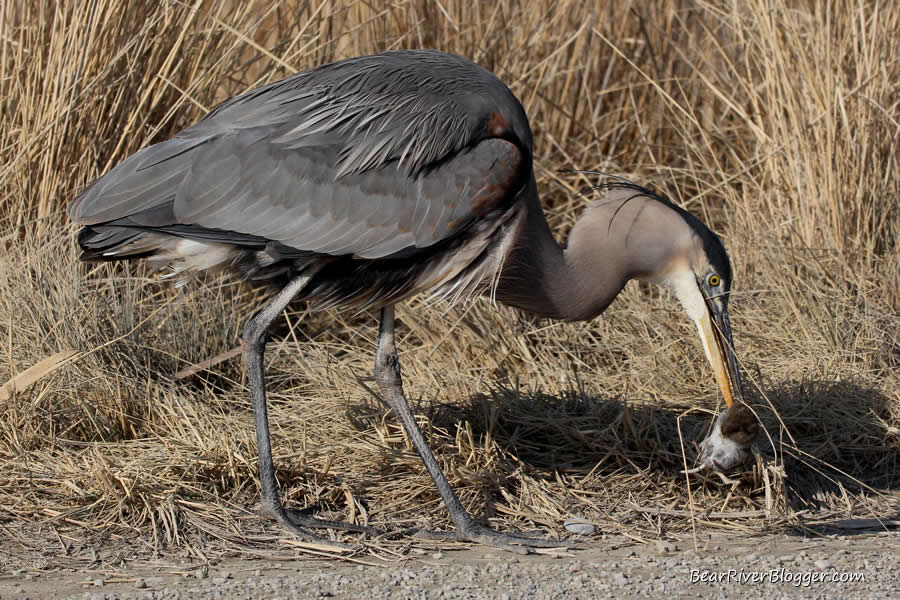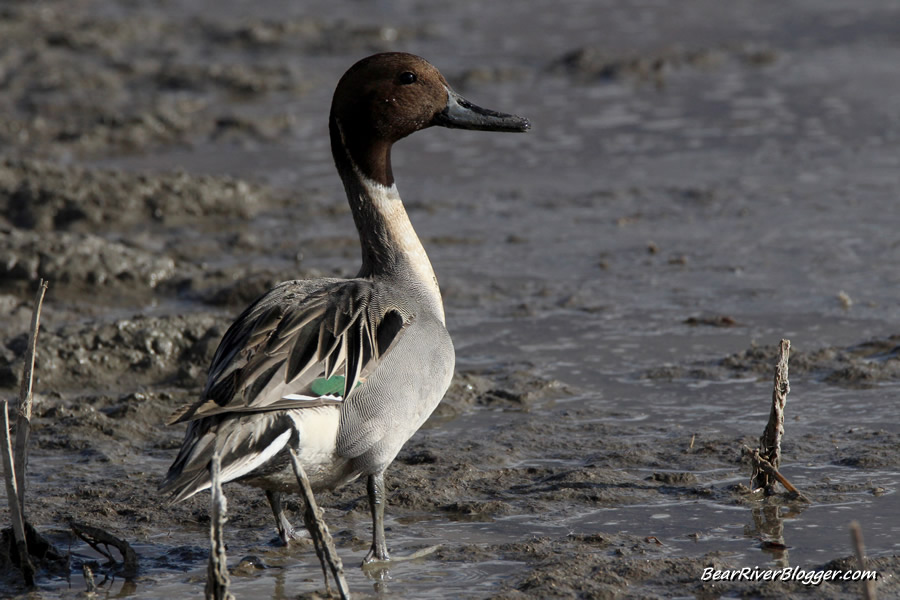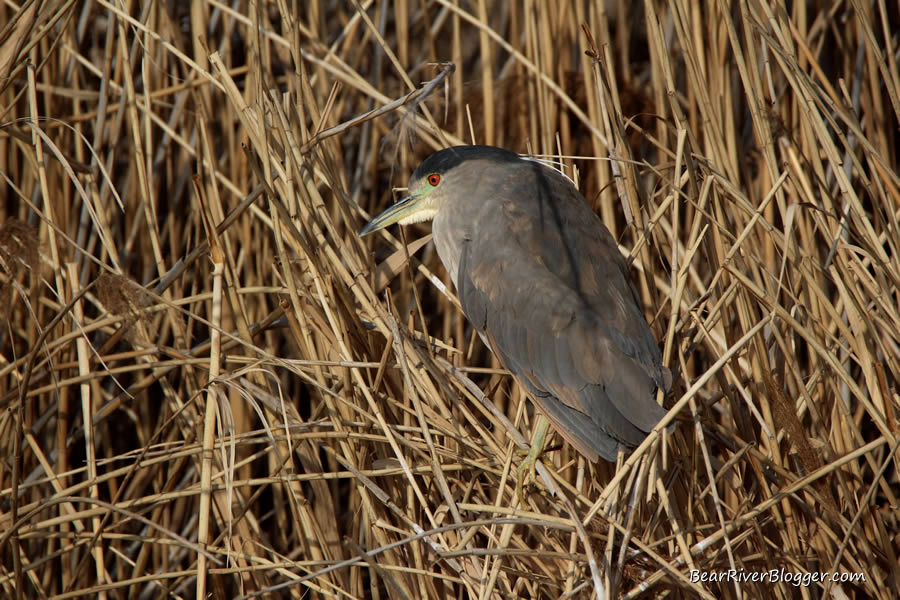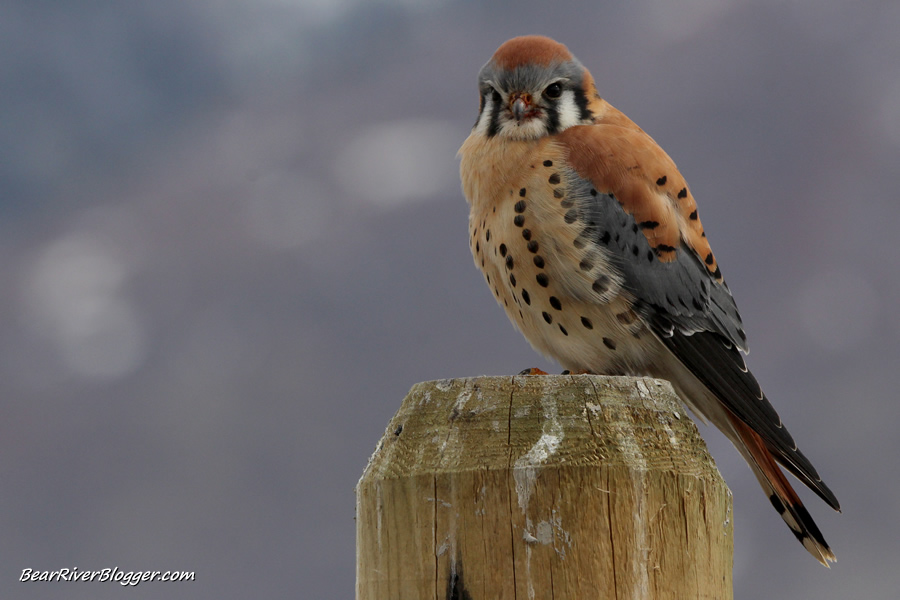If you live in or are visiting somewhere in northern Utah and you want to do some bird watching, or just get out in nature for a spell, there are a few good options within a reasonable driving distance. One of them, Farmington Bay WMA, is a place I rather enjoy and actually frequent on a weekly basis almost year-round.
Located on the southeastern shore of the Great Salt Lake in the small city of Farmington, Utah, is a nearly 18,000-acre nature preserve many folks casually refer to as the Farmington Bay bird refuge. It’s a moderately-sized public wildlife sanctuary, owned and managed by the Utah Division of Wildlife Resources.
It goes without saying that Farmington Bay is a vital piece of wildlife habitat, especially for migratory birds, for northern Utah.
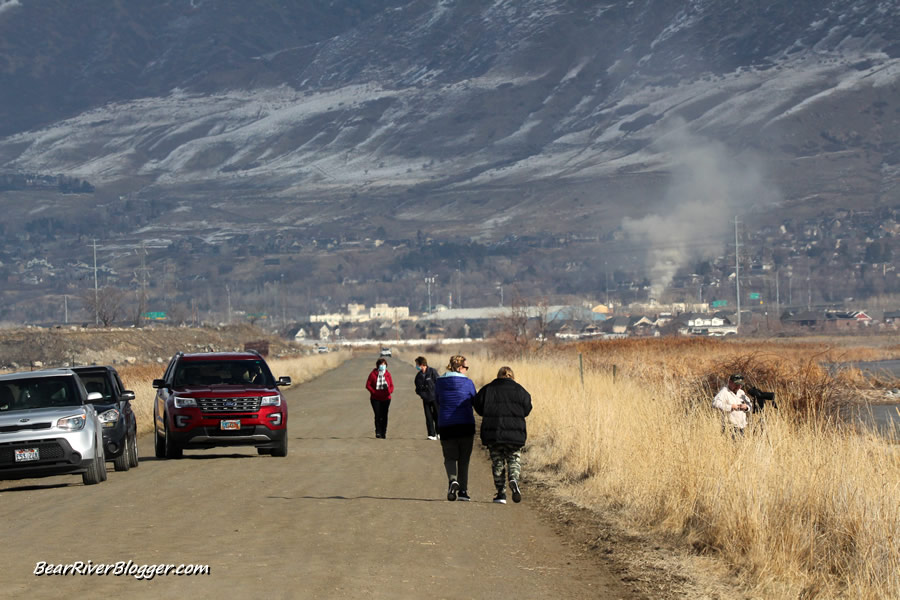
Over the past several decades or so, Utah has experienced some incredible growth and, as a result, much of the Wasatch front is now either houses, businesses, or roads, so having a bird refuge in this very urban setting is not only convenient for birders and nature enthusiasts, but it protects what little natural habitat is left and, in turn, helps support migratory and resident birds in this part of the state.
Farmington Bay is literally a stones-throw away from the ever-encroaching urban machine of houses, schools, freeways, and businesses, and soon the only open space and wildlife habitat that will survive will be places such as the Farmington Bay bird refuge.
Recent additions to Farmington Bay, including a visitors center and some nature trails, make this public offering very enjoyable for a serious bird watching trip or just a casual walk outdoors. It’s literally an island of natural wonders and enjoyment amongst a sea of growing urban amenities and continual development.
If truth be told, bird watching and photography are my main catalysts for visiting so often. But sometimes, I will admit, camera or not, it’s nice to just get away from all the concrete, steel, and urban noises for a short while and just embrace nature for a spell.
For me, at least, Farmington Bay is one of those places that offers such an experience, and even though it is only a very short distance from civilization, it does indeed provide some solitude and serenity in this fast-paced modern world.
Wildlife Education Center
George S. and Delores Dore Eccles Wildlife Education Center, a newly built visitors center, stands at the ready to greet visitors who come to Farmington Bay.

Eagles
Probably the thing Farmington Bay is most known for, outside of waterfowl hunting, that is, is, of course, the large population of bald eagles that visit the preserve during the winter.
Each fall, hundreds of bald eagles migrate from Canada and Alaska to spend the winter in Utah, and many of those eagles arrive at Farmington Bay to feed on carp, an unwanted, non-native species of fish that resides in the marsh.
There have been times when 100 or more bald eagles have been counted at once on the refuge. I have personally seen upwards of 50 or more eagles there myself on a trip just last year, in fact.
Other days, however, like last week, for example, fewer eagles can be seen as I only observed a lone bald eagle in a tree, so you just never know what to expect. But from my own personal experience, if I was in the mood to see bald eagles during the winter here in Utah, Farmington Bay WMA would, hands down, be my first choice to visit.
The best time to see bald eagles at Farmington Bay WMA is from mid-January to late February, and mid-morning to early afternoon is the best time of day to find and observe the eagles there as well.
Farmington Bay Trails
The Farmington Bay Bird Refuge has a 1.6 mile nature trail that casually loops you around and through some fascinating wetland habitats. It is a great opportunity for bird watching, photography, or just a casual stroll through a beautiful setting.
It is a gravel trail that starts and finishes at the Farmington Bay Wildlife Center parking lot, just a few yards away from the nesting colony of great blue herons. I have personally walked and photographed on this trail, finding it to be quite relaxing and most enjoyable. If you catch it on the right day, it is also a perfect location to view some of the grand sunsets Utah has to offer.
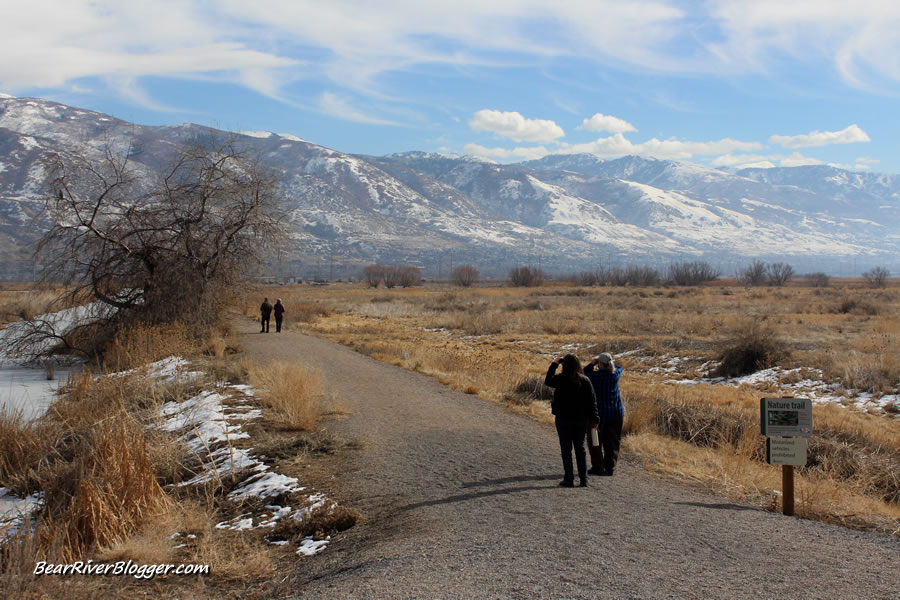
Birds and Birding
Bird watching and photography are what brings me and countless other people to Farmington Bay each year, especially during late winter and early spring when the bald eagles and tundra swans make their yearly appearances.
Great blue herons, barn owls, a variety of ducks, Canada Geese, and hundreds of other species of birds can be found during various parts of the year at this local bird sanctuary. In fact, at the time of this writing, Utah birders have observed and recorded 251 different species of birds at Farmington Bay on eBird.
Although public access is limited during parts of the year for much of the property to protect nesting birds from human disturbances, Farmington Bay does still have some great year-round birding opportunities available, especially at the nearby visitors center and nature trails as well as on the road from the main entrance to goose egg island.
Spring and summer are my own personal favorite times to go as I search for yellow-headed blackbirds in nearby cattails and enjoy the nesting colony of great blue herons. All in all, Farmington Bay is a good option for a nearby birding trip when time won’t allow trips to other places I frequent, such as the Bear River Migratory Bird Refuge.
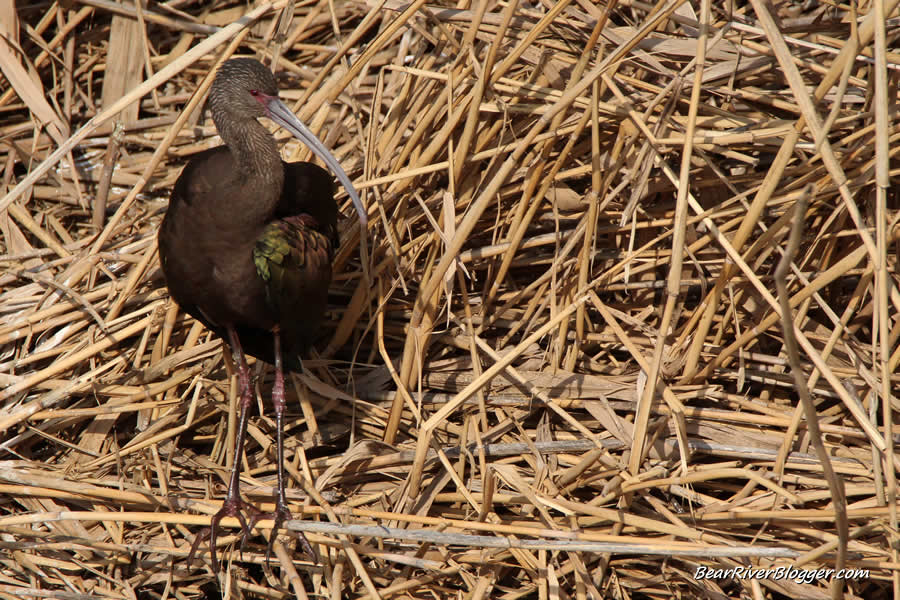
Great blue heron nesting colony
For me, the crown-jewel of Farmington Bay isn’t the large winter gathering of bald eagles, or the newly constructed visitor’s center, or even the thousands of migrating tundra swans each spring.
Those are all very interesting and quite enjoyable, for sure, but for me, however, the nesting colony of great blue herons that resides just a few short yards from the education center is what sets this place apart from all other nature preserves I have visited.
This is a most unique and valuable setting for people to come and watch nature in action. I am a huge believer that in getting people to support nature, we first need to get them interested in nature, and the best way to do that is to get them out where they can enjoy the wonders of nature.
The nesting platforms and great blue herons at Farmington Bay are one way that can be accomplished, by people coming and viewing first-hand the miracle of life being created and birds being, well, birds.
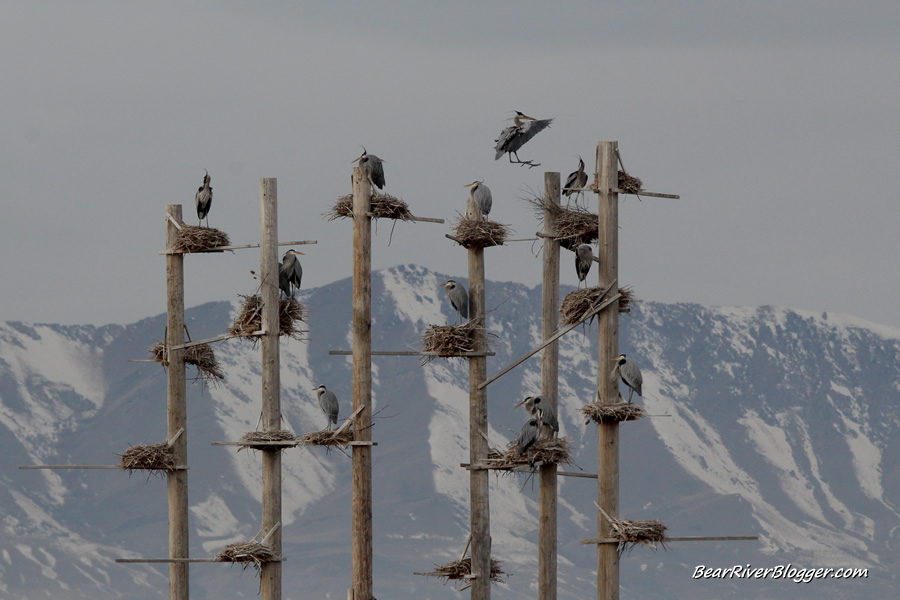
Through a partnership between the Utah DWR and Rocky Mountain Power, several large poles have been erected on-site to provide artificial nesting structures for the great blue herons.
It works, and it works quite well, I might add. It’s mid-February right now as I write this article, and just 2 days ago, I was at Farmington Bay watching great blue herons starting to build their nests by gathering vegetation and flying it up to the platform.
It seems a bit early for such nesting efforts to commence, but with how different this year’s weather has been, it really wasn’t a big surprise.
Great blue herons are colony nesting birds, meaning they nest in very close proximity to other great blue herons. They also prefer trees or bushes near water to build their nest, offering a bit of protection from ground-based predators.
These tall nesting platforms offer just that, and the great blue herons can be found during spring and early summer tending to their nests and young, high above the water in plain view from the parking lot.
It is an amazing and very unique opportunity to have such a location to watch nature in action so close to home.
There is nowhere else in Utah I am aware of that offers such an opportunity to view a nesting colony of great blue herons, or any other wild bird for that matter, and enjoy them in such clear view and so up-close and personal in a natural setting such as Farmington Bay WMA.
One word of caution, however, regarding the nesting great blue herons, and all nesting birds, in fact. They are nesting in very close proximity to the parking lot in easy view, but there is always the urge by a few visitors to try and get even closer, especially for photographic intentions.
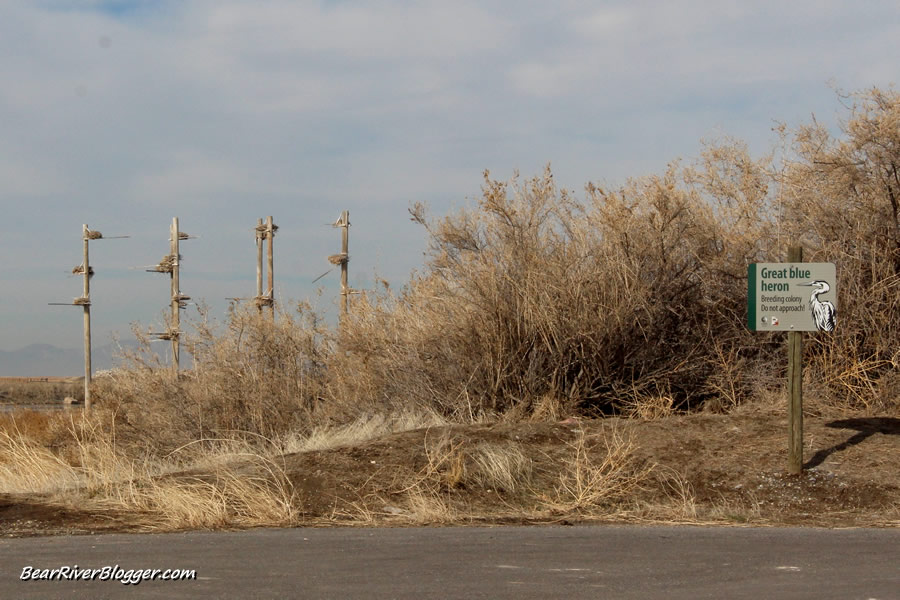
Please adhere to the posted signs. And keep your distance from the nesting structure and stay in the parking lot or on the nature trail around the west side of the pond. Getting any closer can potentially disturb the nesting great blue herons and could possibly cause them to abandon their nests and young.
We all want to enjoy these beautiful birds, and there is always the urge to get just a little bit closer, but doing so could cause that enjoyment to be lost for all of us.
Goose Egg Island
During the winter and spring of 1983, Utah experienced a level of precipitation rarely seen in our state. Mountain snow levels were very high, and water seemed to be everywhere that year.
The Great Salt Lake was beginning to rise to unprecedented levels, and the nearby city of Farmington was experiencing mudslides from all the excess moisture.
It was certainly a winter like no other, and one we haven’t seen since.
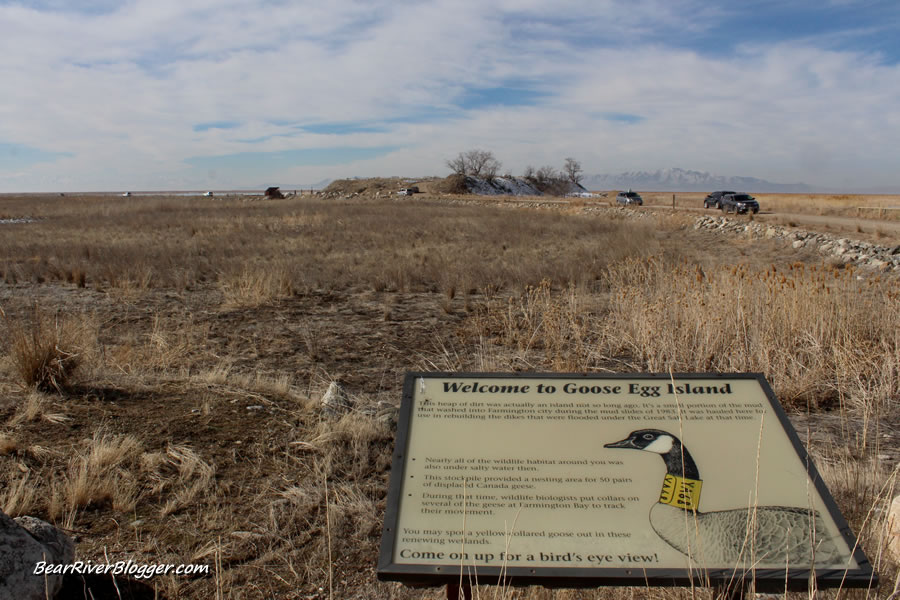
In an effort to clean up the mudslide debris, and to help rebuild the dikes at Farmington Bay that were destroyed by ice from the Great Salt Lake, this dirt was transported from Farmington City to a corner of Farmington Bay, now referred to as “goose egg island”.
At one time, it was indeed an island as the Great Salt Lake continued to rise from turbulent spring runoffs, covering all of the Farmington bird refuge, except for this towering mound of dirt. It was one of the few remaining spots of land still showing in an endless sea of saltwater and destruction that seemingly went on for miles.
And as a result, birds actually started using it for nesting purposes, so it was left alone after the waters receded and the dikes were eventually rebuilt.
Nowadays, goose egg island is a popular spot for birders and other visitors wanting to get a birds-eye view of Farmington Bay and the adjoining Great Salt Lake.
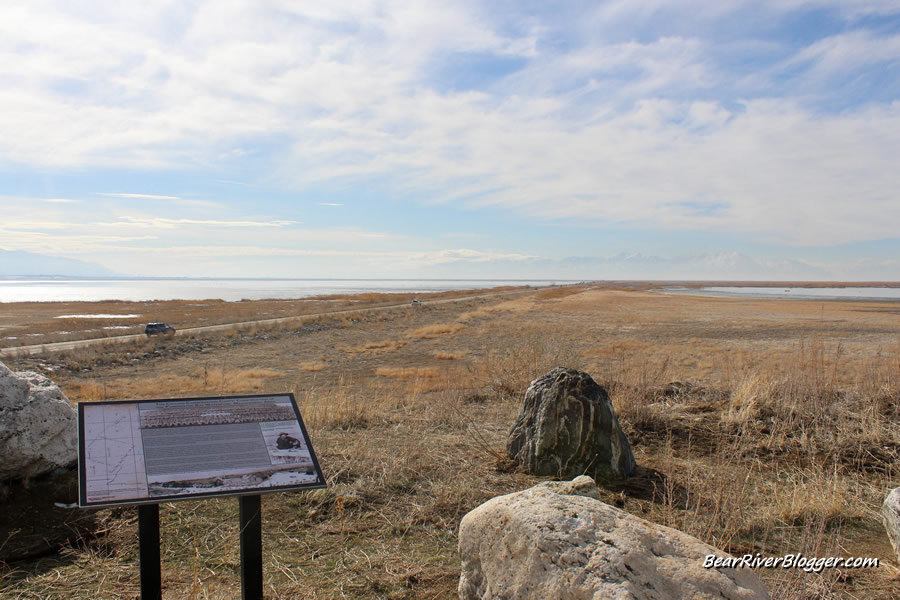
Photography
Being an outdoor photographer who loves to photograph birds, I find myself at Farmington Bay on a very regular basis. It has some good opportunities for good bird photography, but, at times, they are quite limited due to nesting restrictions and limited vehicle access.
I prefer to photograph birds from my car whenever possible, using it as a blind, of sorts. Farmington Bay does have a short gravel road available during parts of the year, but it is, unfortunately, a bit limited.
I do go to Farmington Bay WMA for photography efforts throughout the year, but I will say, in all honesty, when I have more time to spend than just a few minutes or so, Farmington Bay isn’t my first choice for bird photography (the Bear River Refuge auto tour route is), but it is one of my first choices when I want to just get out and enjoy nature or take an impromptu birding trip.
Even though Farmington Bay WMA isn’t my top place for bird photography, I don’t want to sound like it has little to offer. It indeed does (check the gallery at the end of this post), but it just takes a little bit more work to get great images due to the limited access for much of the year.
In fact, all the images for this particular post were not only taken at Farmington Bay, but they all were taken in the previous month prior to writing this blog post.
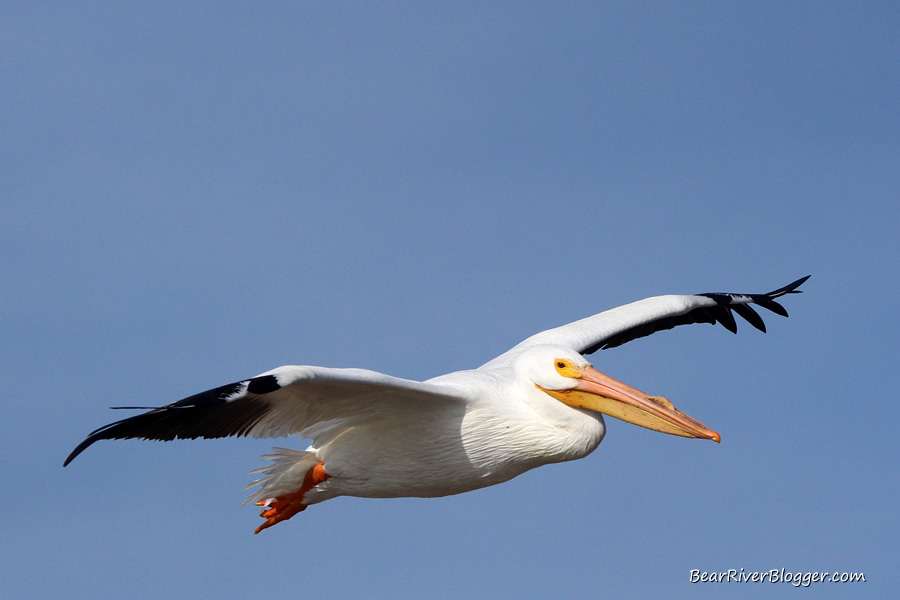
Hours
Farmington Bay WMA and its visitors center have varying hours throughout the year, mainly to protect the resource and nesting birds on the preserve.
The main gate to Farmington Bay WMA is open from 8:00 am to 5:00 pm March 1 through the end of August. For the rest of the year, the gate is open from sunrise to sunset.
Portions of Farmington Bay are open year-round, and other portions are closed to all public access during nesting season. Signs are clearly posted on all access points and gates when they are closed. Typically, starting March 1, much of the preserve is closed or has limited access until the end of August.
You can drive from the main gate to goose egg island year-round whenever the main gate is open, but from goose egg island on, access is limited to protect nesting birds. Signs are clearly posted, so just follow the postings at the refuge.
The visitors center hours are currently limited for now but run Tuesday – Friday 10:00 am to 2:30 pm and Saturday 10:00 am to 1:00 pm, due to the coronavirus epidemic. The visitors center is closed Sunday, Monday, and on holidays. The trails are still open and accessible 7 days a week during daylight hours. If you are planning a trip, check their website (see below) for any changes to these hours.
Directions
Instead of giving directions to Farmington Bay, here is a Google Maps listing showing the area and roads leading to the preserve. The George S. and Delores Dore Eccles Wildlife Education Center is adjoining but a bit further west on Glover Lane.
Contact The Visitors Center At Farmington Bay WMA
Eccles Wildlife Education Center
telephone (801) 451-5536
1157 S. Waterfowl Way
Farmington, Utah 84025
Utah Division of Wildlife Resources Offices
Subscribe
If you enjoy birds, butterflies, and just nature in general, I offer you to subscribe to my blog. I send out email notifications about new blog posts. You can sign up on my subscribe page and can unsubscribe at any time.
Birding and Nature Apparel and Gifts
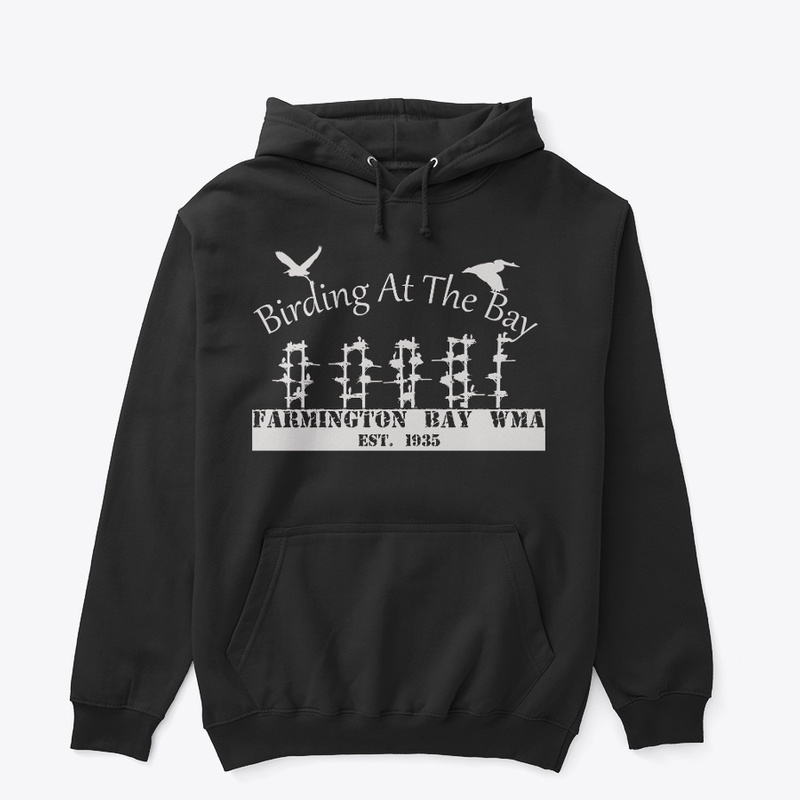
Bird Images From Farmington Bay WMA
